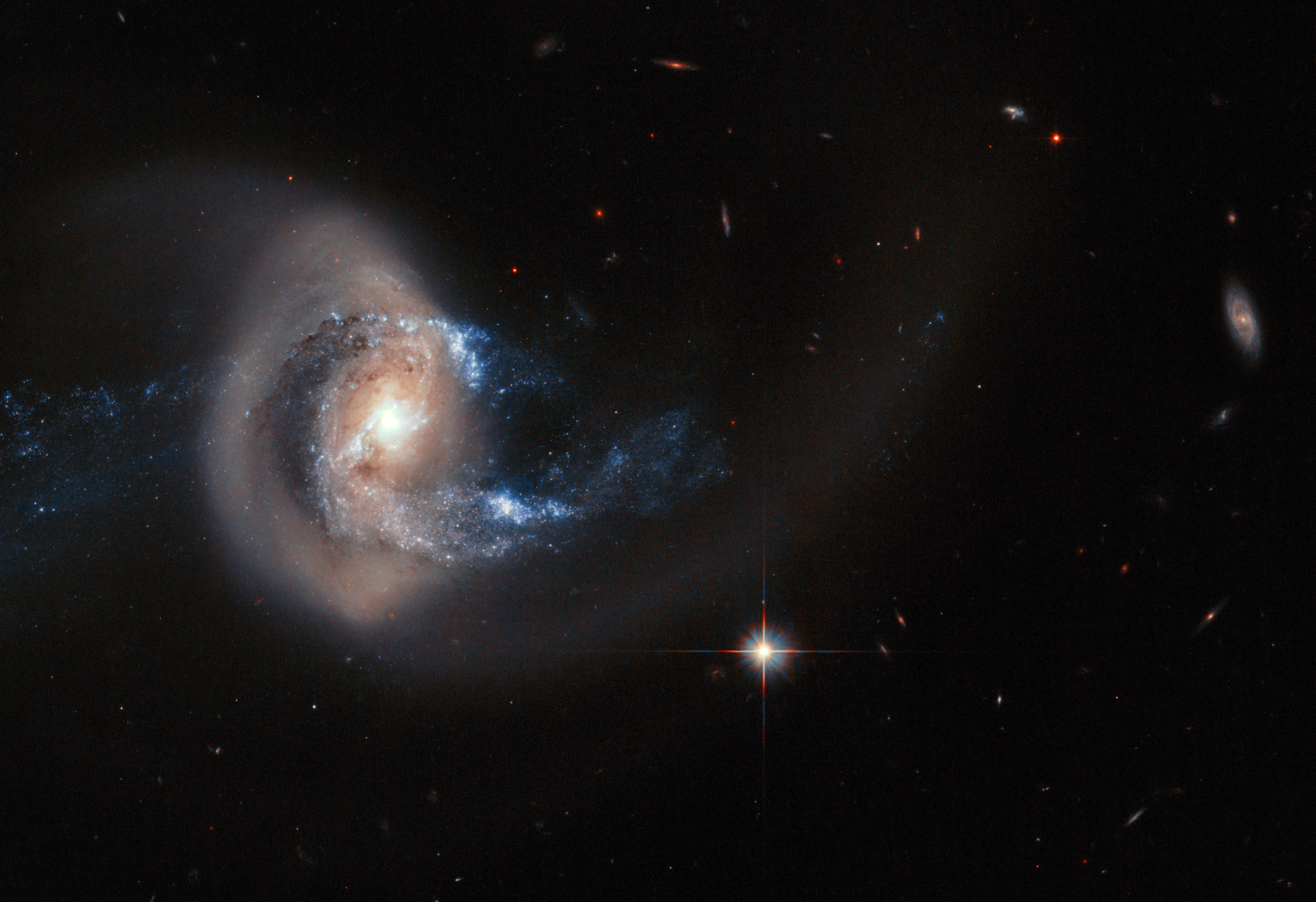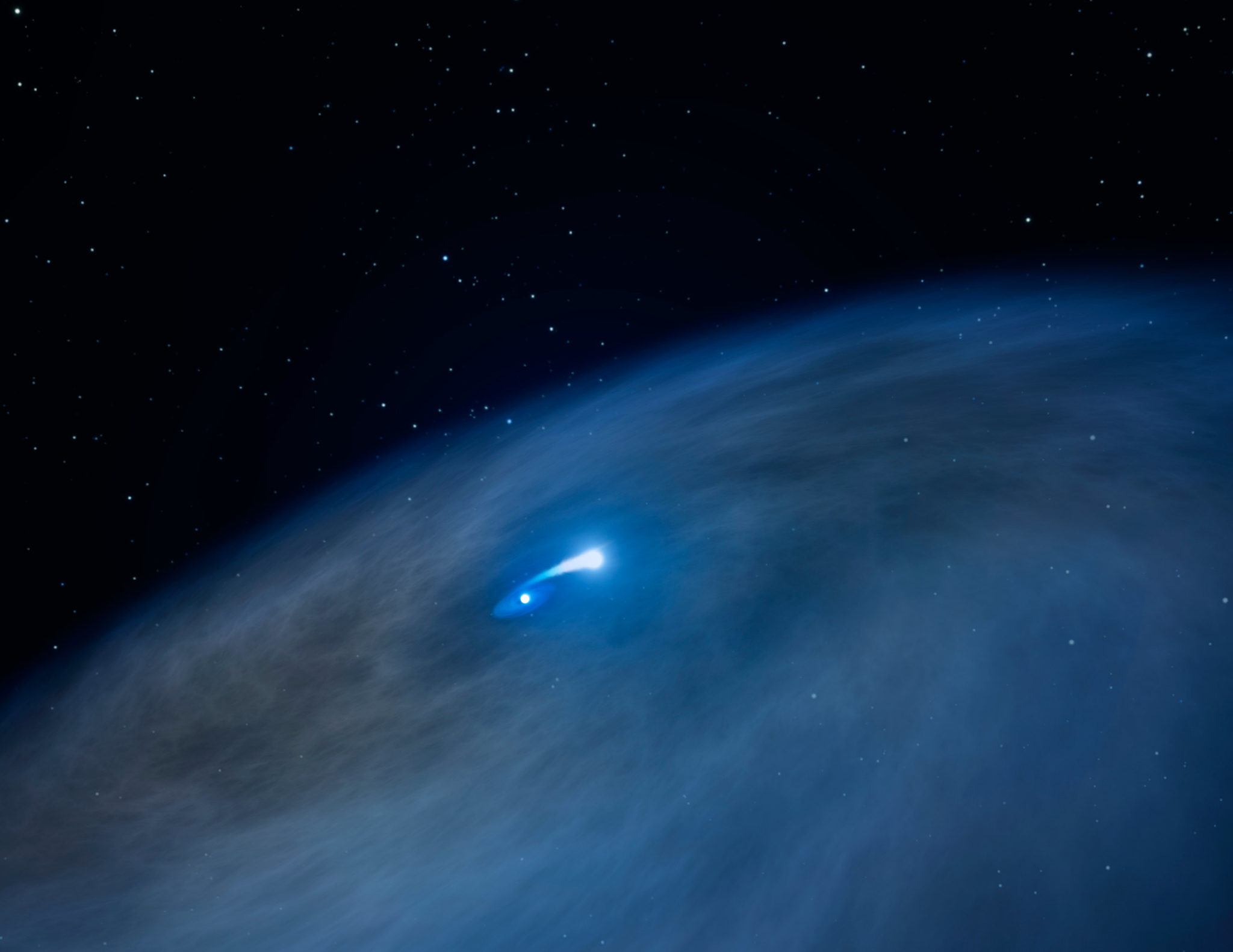

“The Webb images far exceed what we expected from my simulations in the months prior to the first science observations,” said Jake Summers, a research assistant at ASU. “The stunning image quality of Webb is truly out of this world.” - Anton Koekemoer I can see streams, tails, shells, and halos of stars in their outskirts, the leftovers of their building blocks.” “Little did I know, when I selected this field near the North Ecliptic Pole, that it would yield such a treasure trove of distant galaxies, and that we would get direct clues about the processes by which galaxies assemble and grow. “I was blown away by the first PEARLS images,” agreed Rolf Jansen, Research Scientist at ASU and a PEARLS co-investigator. They allow me to measure the number density of galaxies shining to very faint infrared limits and the total amount of light they produce.” “Webb’s images are truly phenomenal, really beyond my wildest dreams. “For over two decades, I’ve worked with a large international team of scientists to prepare our Webb science program,” said Rogier Windhorst, Regents Professor at Arizona State University (ASU) and PEARLS principal investigator. We asked members of the PEARLS team that created this image to share their thoughts and reactions while analyzing this field: The NIRCam observations will be combined with spectra obtained with Webb’s Near-Infrared Imager and Slitless Spectrograph (NIRISS), allowing the team to search for faint objects with spectral emission lines, which can be used to estimate their distances more accurately.
#Hubble space telescope images north star full
This beautiful color image unveils in unprecedented detail and to exquisite depth a universe full of galaxies to the furthest reaches, many of which were previously unseen by Hubble or the largest ground-based telescopes, as well as an assortment of stars within our own Milky Way galaxy. The image is comprised of eight different colors of near-infrared light captured by Webb’s Near-Infrared Camera (NIRCam), augmented with three colors of ultraviolet and visible light from the Hubble Space Telescope. “Medium-deep” refers to the faintest objects that can be seen in this image, which are about 29 th magnitude (1 billion times fainter than what can be seen with the unaided eye), while “wide-field” refers to the total area that will be covered by the program, about one-twelfth the area of the full moon. The image, which accompanies a paper published on December 14 in the Astronomical Journal, is from the Prime Extragalactic Areas for Reionization and Lensing Science (PEARLS) GTO program. NASA’s James Webb Space Telescope has captured one of the first medium-deep wide-field images of the cosmos, featuring a region of the sky known as the North Ecliptic Pole.

This representative-color image was created using Hubble filters F275W (purple), F435W (blue), and F606W (blue) and Webb filters F090W (cyan), F115W (green), F150W (green), F200W (green), F277W (yellow), F356W (yellow), F410M (orange), and F444W (red). Because this image is a combination of multiple exposures, some stars show additional diffraction spikes. Light from the most distant galaxies has traveled almost 13.5 billion years to reach us. Thousands of galaxies over an enormous range in distance and time are seen in exquisite detail, many for the first time. This image represents a portion of the full PEARLS field, which will be about four times larger. A swath of sky measuring 2% of the area covered by the full moon was imaged with Webb’s Near-Infrared Camera (NIRCam) in eight filters and with Hubble’s Advanced Camera for Surveys (ACS) and Wide-Field Camera 3 (WFC3) in three filters that together span the 0.25 – 5-micron wavelength range.


 0 kommentar(er)
0 kommentar(er)
